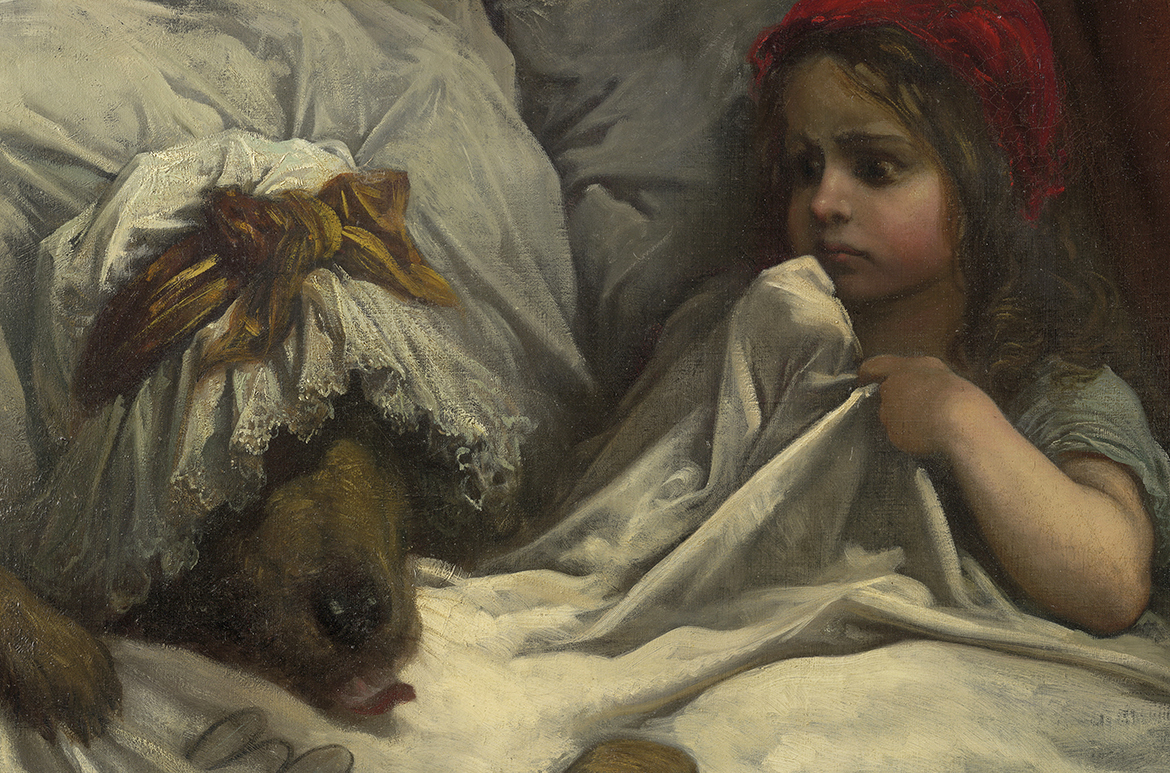The ‘Fairy Tales’ exhibition at Brisbane’s Gallery of Modern Art (GOMA) until 28 April 2024 explores our fascination with this much-loved genre through a multifaceted telling of these tales in art, film and design. It explores the archetypal figures and situations we identify whenever we are reminded of fairy tales, whether reading them to children or seeing them reappear through the looking glass of contemporary culture. Through painting, sculpture, photography, installation, cinema and film props, costumes and design, the exhibition reminds us how visual storytellers summon up timeworn narratives to entrance, delight and disconcert their audiences. Magic, enchantment and transformation remain amazing tools to process and respond to real‑world challenges.
Buy Tickets to ‘Fairy Tales’
Until 28 April 2024
Gallery of Modern Art, Brisbane
Once upon a time, long before streaming services, movies and television, oral stories were shared between people to pass the time and for entertainment. Simple in structure, clear and often conveying the values and behaviours of community life, these folkloric tales sometimes arrived at dark and gruesome endings. The origins of many of these stories are ancient. While the form and function of their telling have changed over time — shifting and evolving through different eras and societies — their universal purpose connects us all. The ‘Fairy Tales’ exhibition at GOMA takes audiences into the faraway land of these magical stories that have cast their enduring spell on children and adults alike.
Gustave Doré ‘Sleeping Beauty’ illustration 1867
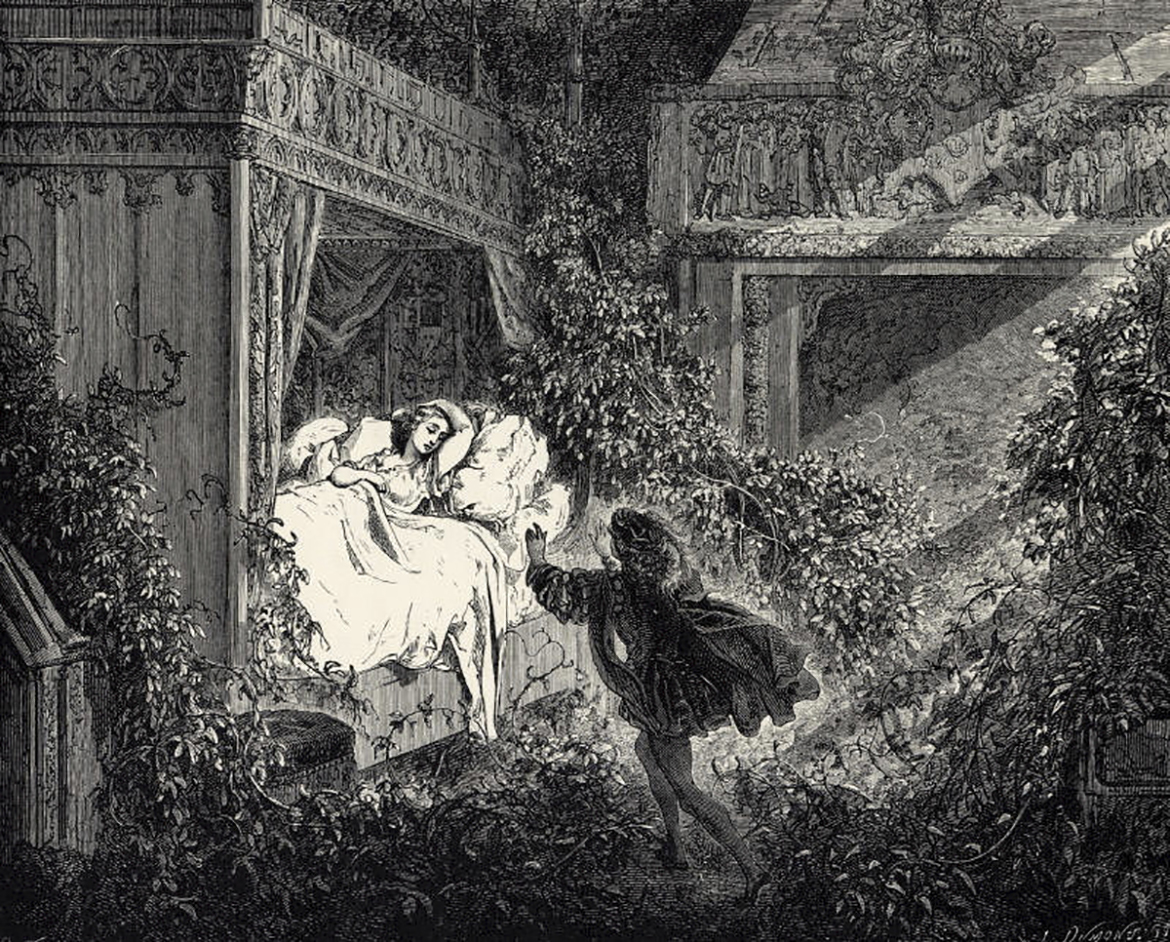
RELATED: Journey through the Fairy Tales exhibition with our weekly series
Across the centuries, these stories have been retold, reshaped and re-imagined, and in the late 1600s, oral folklores found their way into print. One of the earliest attributed fairy tale authors is Frenchman Charles Perrault, whose work Tales of Mother Goose (1697) included the stories ‘Little Red Riding Hood’, ‘The Sleeping Beauty in the Wood’, ‘Cinderella’ and ‘Donkey Skin’. While familiar to most of us by name, it is fair to say these stories were not first published as we recognise them today. Their outcomes were often darker: the big bad wolf really did eat Little Red Riding Hood, Donkey Skin’s father was not so well intentioned, and living ‘happily ever after’ was a state all too rarely achieved.
Gustave Doré ‘Little Red Riding Hood’ 1862

Lotte Reiniger (Director) Cinderella 1922
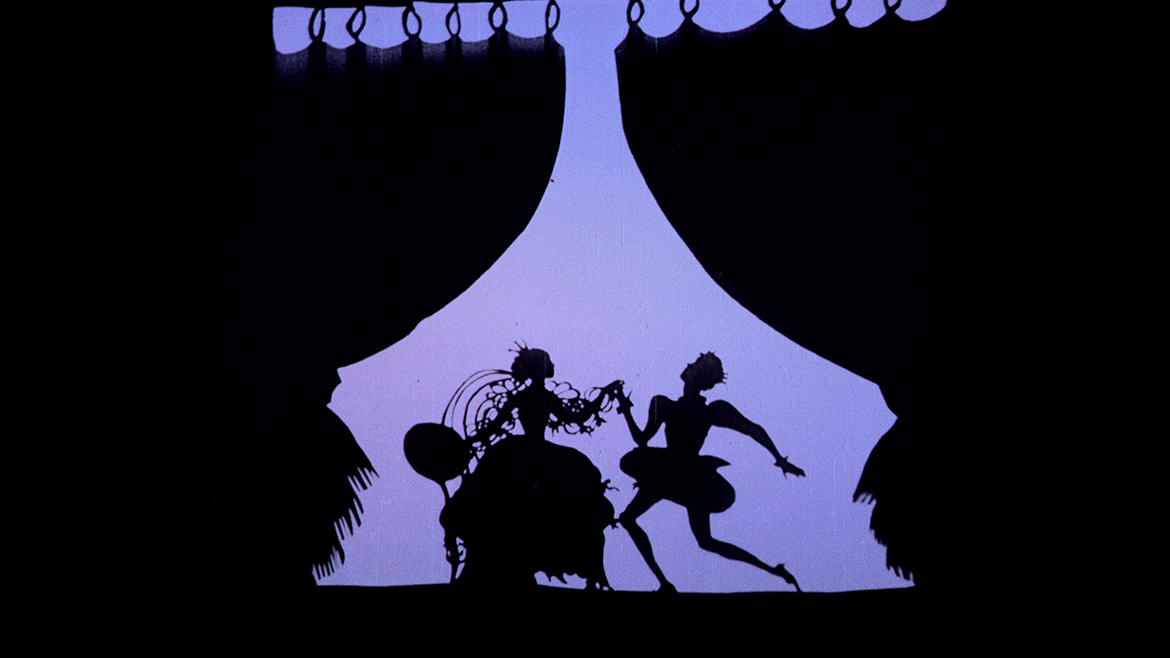
In the early 1800s, two German brothers with a love for folklore drew together more than 200 oral and written stories from across cultures into what is considered the earliest and most comprehensive collection of folk stories. Jacob and Wilhelm Grimm were academics in the field of linguistics and dedicated their time to collecting and studying these stories, which they believed purely expressed the joys and sorrows, hopes and fears of humankind. In publishing their versions of tales such as ‘Hansel and Gretel’, ‘Rapunzel’ and ‘Snow White’, the Brothers Grimm translated them in ways they felt were faithful to their folkloric source. These stories soon spread throughout the world.
Meanwhile, during the same period in Denmark, Hans Christian Andersen was flourishing as a writer of fantastical and magical stories featuring animals and inanimate objects given human voices and mannerisms. In these stories, the values of a good heart, and kindness to the young and voiceless were customarily extolled. Unlike the Brothers Grimm, Andersen wrote original works, including ‘The Little Mermaid’, ‘The Ugly Duckling’ and ‘The Nightingale’, many of which would lodge permanently in our imagination.
Hans Christian Andersen ‘Swans with ballerinas’ 1850s–70s
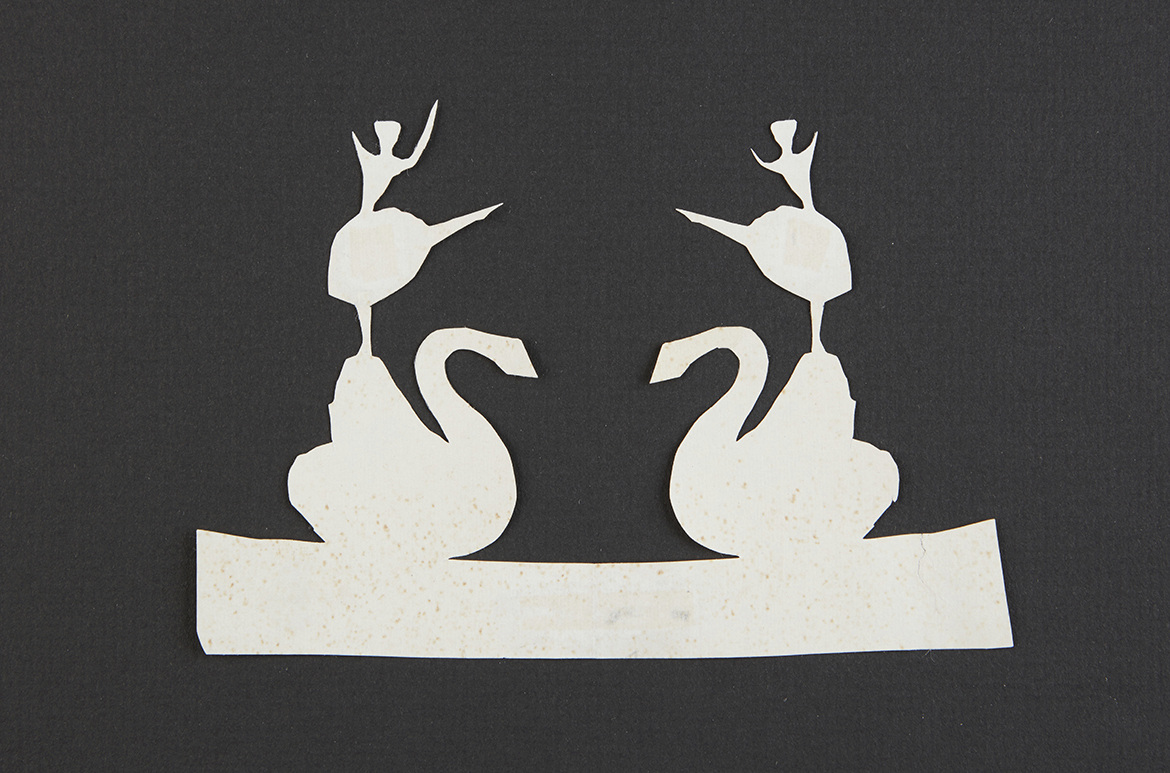
Literary fairy tales — whose alluring magical distractions provide a way to reflect on society’s complexities, and offer ways to negotiate a path forward — have endured across cultures. They often share cautionary messages not to stray from the path or talk to strangers, as well as hopeful ideas like love conquers all, and that kindness and compassion win in the end. Fairy tales are a distinct genre of fiction that can be told and enjoyed without real-world consequences. They are a way of reinforcing messages parents long for their children to heed, which has only been heightened in the modern era by their adaptation into cinema.
‘The Company of Wolves‘ screens at the Australian Cinémathèque, GOMA
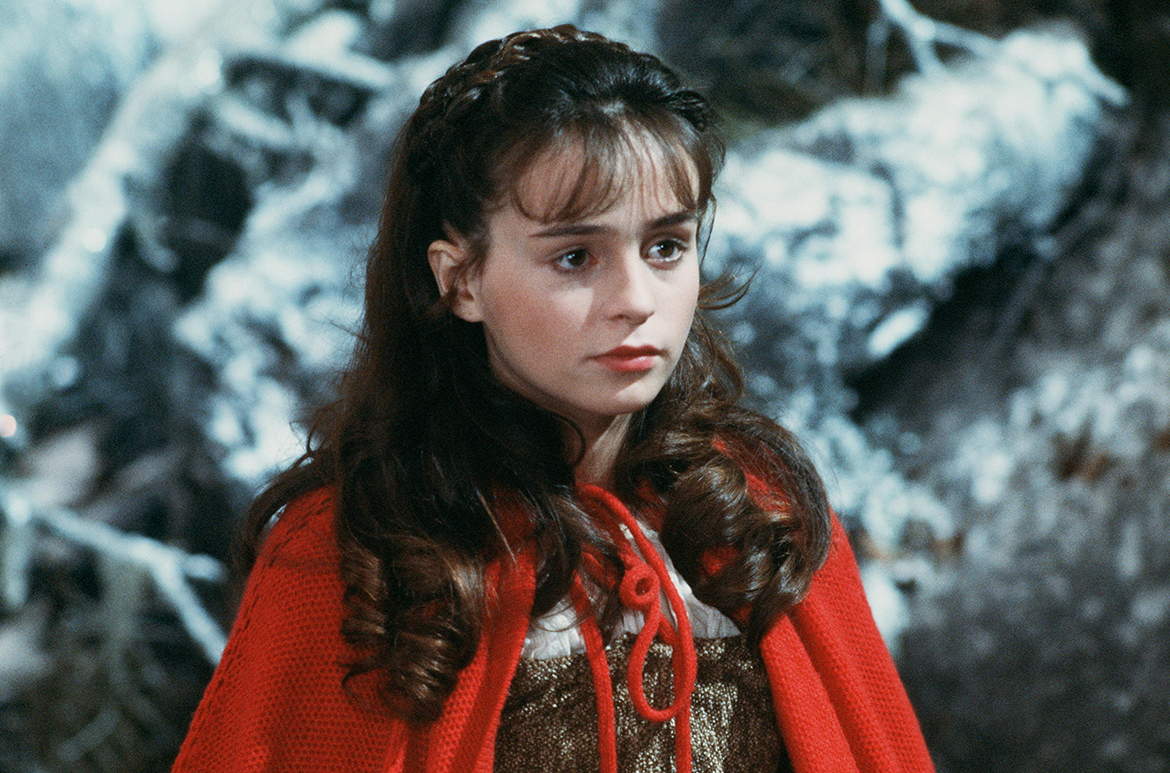
In 1937 Walt Disney, a young innovator working in Hollywood, produced the animated feature film Snow White and the Seven Dwarfs. This transformation from folklore to Hollywood film not only amplified the possibilities for fairy tales in this new medium, but also ensured they were embedded into our cultural fabric via even wider distribution. The Walt Disney Company brand is now synonymous with so many of these stories. Holding such a pre-eminent position in global culture has seen the Disney cinematic fairy tale evolve to reflect the interests and social agendas of our changing world. Similarly, to explore fairy tales today without considering the influence of film would be analogous to painting over the yellow brick road.
While the ‘Fairy Tales’ exhibition draws us deep into that realm of inquiry, it also reminds us that folktales began as stories passed between adults — long before they were passed down to become the domain of children.
Chris Saines CNZM, QAGOMA Director
This edited extract was originally published in Fairy Tales in Art and Film, Queensland Art Gallery | Gallery of Modern Art, 2023
The ‘Fairy Tales’ exhibition is at Brisbane’s Gallery of Modern Art (GOMA), Australia from 2 December 2023 until 28 April 2024.
‘Fairy Tales Cinema: Truth, Power and Enchantment‘ presented in conjunction with GOMA’s blockbuster summer exhibition screens at the Australian Cinémathèque, GOMA from 2 December 2023 until 28 April 2024.
The major publication ‘Fairy Tales in Art and Film’ available at the QAGOMA Store and online explores how fairy tales have held our fascination for centuries through art and culture.
From gift ideas, treats just for you or the exhibition publication, visit the ‘Fairy Tales’ exhibition shop at GOMA or online.

#QAGOMA
